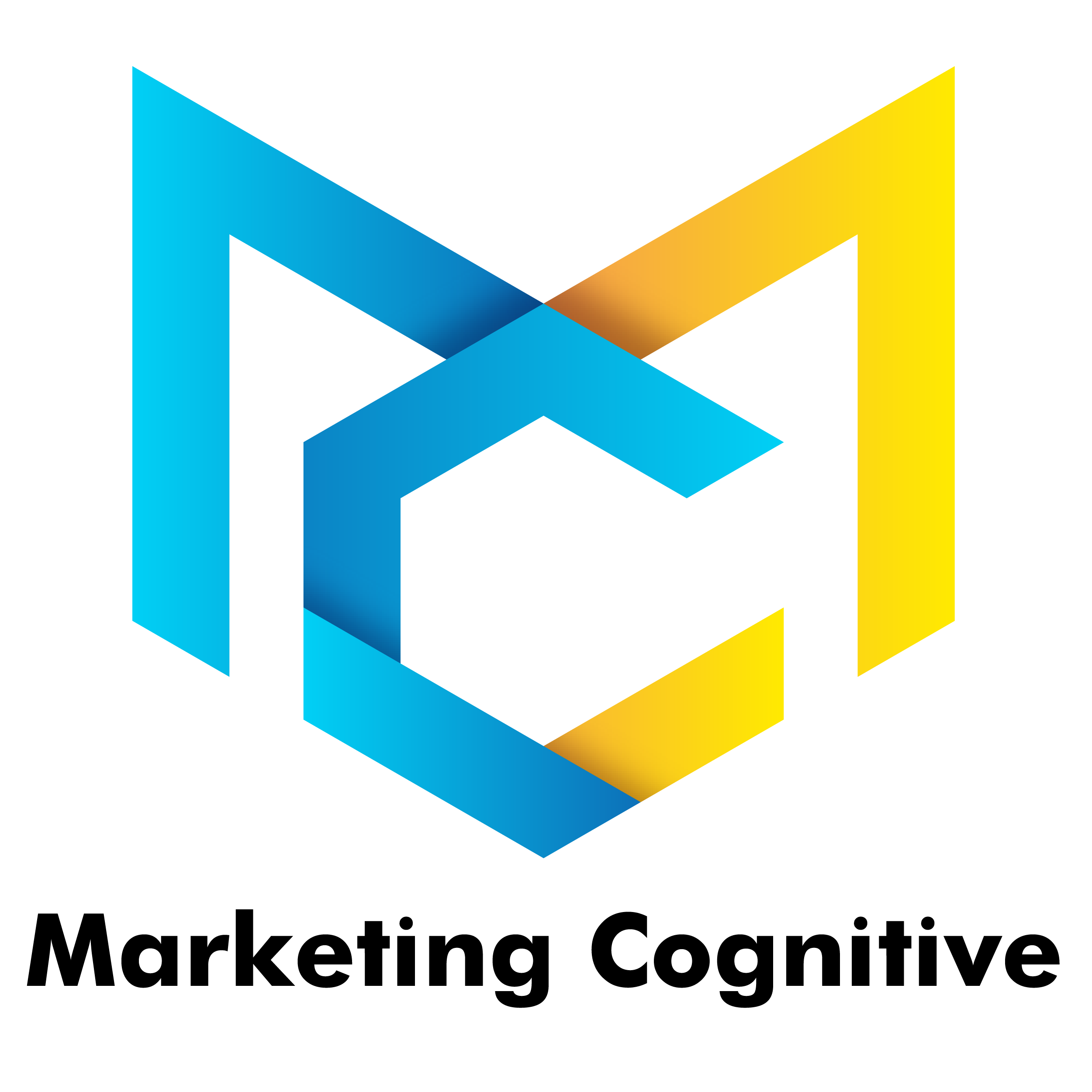What is Industry 4.0 and the Fourth Industrial Revolution?
The terms “Industry 4.0” and the “Fourth Industrial Revolution” are often used interchangeably to describe the transformative changes occurring in the manufacturing and industrial sectors today. These changes are driven by the integration of advanced technologies, leading to smarter, more efficient, and more connected industries. But what exactly do these terms mean, and how are they shaping the future? Let’s explore the concepts and their implications.
Defining Industry 4.0
Industry 4.0 refers to the fourth phase of the industrial revolution, characterized by the integration of digital technologies into manufacturing and production processes. It builds on the advancements of the previous industrial revolutions:
- First Industrial Revolution: Marked by the transition from manual labor to mechanized production using steam and water power.
- Second Industrial Revolution: Introduced mass production and assembly lines powered by electricity.
- Third Industrial Revolution: Involved the adoption of computers, automation, and electronics in manufacturing.
Industry 4.0 takes these advancements further by incorporating cutting-edge technologies such as:
- Internet of Things (IoT): Connecting machines, devices, and sensors to collect and share data in real-time.
- Artificial Intelligence (AI): Using machine learning and advanced algorithms to optimize processes, predict maintenance needs, and enhance decision-making.
- Big Data and Analytics: Leveraging vast amounts of data to gain insights, improve efficiency, and drive innovation.
- Robotics and Automation: Implementing advanced robotics to perform complex tasks with high precision and efficiency.
- Cyber-Physical Systems (CPS): Integrating physical processes with digital technologies to create interconnected and intelligent systems.
- Additive Manufacturing (3D Printing): Enabling rapid prototyping and customized production with 3D printing technologies.
- Cloud Computing: Facilitating scalable data storage, processing, and accessibility across the network.
The Fourth Industrial Revolution
The Fourth Industrial Revolution extends beyond Industry 4.0, encompassing a broader range of technologies that are blurring the lines between the physical, digital, and biological worlds. This revolution is characterized by a fusion of technologies that is transforming industries, economies, and societies at an unprecedented pace. Key aspects include:
- Advanced Robotics: More intelligent and capable robots that can interact with humans and adapt to different tasks.
- Biotechnology: Innovations in genetic engineering, synthetic biology, and bioinformatics that are revolutionizing healthcare and agriculture.
- Quantum Computing: Leveraging the principles of quantum mechanics to perform complex computations at unprecedented speeds.
- Blockchain: Providing secure and transparent record-keeping and transactions across various industries.
- Augmented Reality (AR) and Virtual Reality (VR): Creating immersive experiences for training, design, and customer engagement.
Impact of Industry 4.0 and the Fourth Industrial Revolution
The integration of these technologies is driving significant changes across various sectors:
- Manufacturing: Enhanced production efficiency, predictive maintenance, and customized manufacturing.
- Supply Chain Management: Improved traceability, real-time monitoring, and optimized logistics.
- Healthcare: Advanced diagnostics, personalized medicine, and improved patient care through smart devices and AI.
- Energy: Smarter grids, efficient energy management, and the integration of renewable energy sources.
- Agriculture: Precision farming, automated equipment, and enhanced crop monitoring and management.
- Retail: Personalized shopping experiences, efficient inventory management, and automated checkouts.
Benefits and Opportunities
The adoption of Industry 4.0 and the Fourth Industrial Revolution offers numerous benefits:
- Increased Efficiency: Optimizing processes and reducing waste through data-driven insights.
- Enhanced Productivity: Automating repetitive tasks and improving operational efficiency.
- Cost Savings: Reducing maintenance costs, downtime, and resource consumption.
- Innovation: Driving new business models, products, and services through technological advancements.
- Improved Quality: Enhancing product quality and consistency with precise and controlled manufacturing processes.
- Sustainability: Promoting sustainable practices and reducing the environmental impact of industrial activities.
Challenges and Considerations
Despite the potential benefits, the transition to Industry 4.0 and the Fourth Industrial Revolution comes with challenges:
- Cybersecurity: Ensuring the security of interconnected systems and protecting sensitive data.
- Workforce Skills: Reskilling and upskilling the workforce to adapt to new technologies and job roles.
- Investment: Securing the necessary investment to implement advanced technologies.
- Interoperability: Ensuring seamless integration and communication between different systems and devices.
- Regulation: Developing appropriate regulatory frameworks to govern the use of advanced technologies.
Conclusion
Industry 4.0 and the Fourth Industrial Revolution represent a transformative shift in how industries operate and interact with the world. By embracing advanced technologies, businesses can unlock new levels of efficiency, productivity, and innovation. However, to fully realize the potential of this revolution, it is essential to address the associated challenges and ensure a smooth transition. As we move forward, the ongoing evolution of Industry 4.0 will continue to reshape our industries and society, paving the way for a smarter and more connected future.

